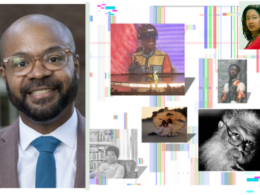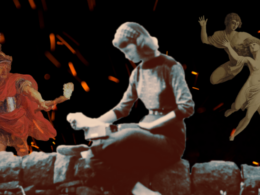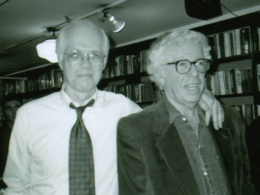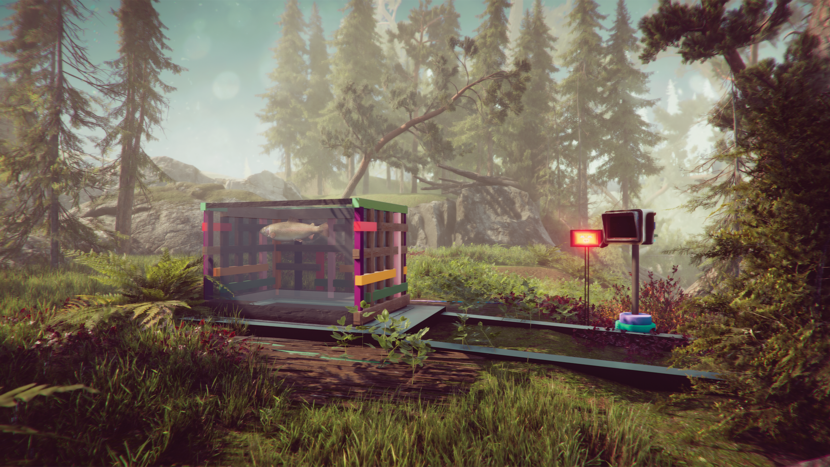
While many games have taken their cue from classic literature—Lovecraft’s Cthulhu Mythos and the Strugatsky brother’s Soviet-era science fiction are two influential sources—the environmental writings of Rachel Carson may seem like an unlikely candidate for a ludic update. But that’s just what Brian Wilson has attempted with The Forest Cathedral (Whitethorn Games, 2023), an environmental puzzle-adventure where players take control of a fictionalized version of Carson researching the all-too-real pesticide DDT on a remote island.
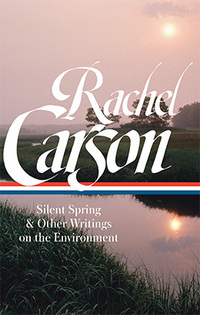
Out now for PC (Steam, Epic) and Xbox Series X/S, The Forest Cathedral takes the central premise of Silent Spring and builds on it in inventive ways, translating scientific study into brain-tickling puzzles players tackle with the aid of advanced technology, and telling a story that echoes the challenges Carson herself faced from a chemical industry bent on suppressing her findings.
Over email, Wilson answered our questions on porting Silent Spring’s themes and ideas into gameplay and the inspiration he draws from Carson’s life and example.
LOA: Rachel Carson’s Silent Spring was originally published in 1962 and had a global impact on how people thought about pesticide use and humanity’s impact on the environment more generally. What inspired you to create a game focused on Carson and her classic book in 2023?
Brian Wilson: I first learned about Rachel Carson and Silent Spring in college. One of the classes I was taking focused on subjects local to us in Western Pennsylvania. The professor introduced us to Carson’s story, and like most of the students in the class, I had only a surface-level understanding of the issues surrounding DDT research. The more we dove into Carson’s story, the more fascinated I became with it.
The story of Rachel Carson is a real David vs. Goliath story, where in the process of writing Silent Spring, she was being silenced by giant chemical companies, all while battling breast cancer. Over the years, she also kept a secret relationship where the primary form of communication was handwritten letters. The fact that she was a lesbian would have ruined her career.
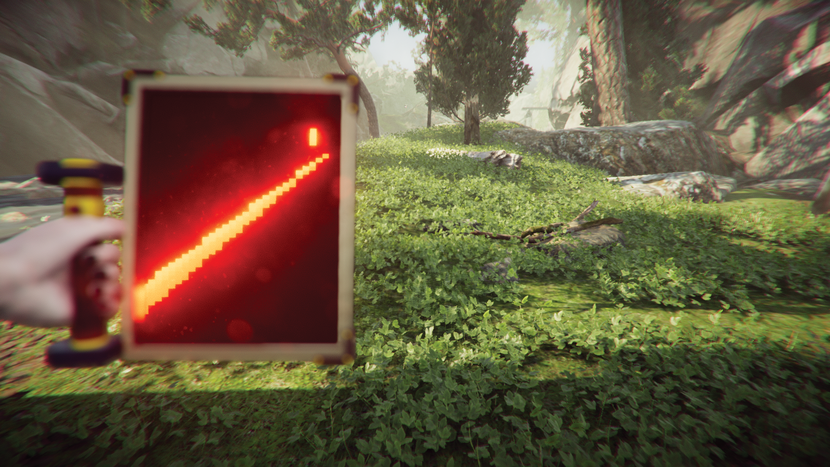
As well, I learned that Carson grew up near Pittsburgh, which is where I was living at the time. After learning that, I noticed her inspiration throughout the city, with her mural on the sides of buildings, bridges named after her, and even a 45-mile hiking trail honoring her.
I knew right off the bat I didn’t want to do a retelling of Silent Spring, as that would be too limiting. I would simply use the subject matter as inspiration to create a fictionalized narrative that focused on delivering the message I wanted to share. At first, I even considered Carson’s story only to be one source of inspiration; however, the more I researched about her, I realized that there was so much there that it needed to be its own game.
She was determined to make sure that people knew the dangers this chemical presented and the impact it would have, in spite of all the obstacles she faced; to me, that’s an intensely selfless act.
While The Forest Cathedral is really more of a nod to elements of Silent Spring, it does contain a lot of the actual science Carson would have engaged in during her research, and I hope players will learn something new and get inspired by such an important scientific figure as I have.
LOA: The game is described as a “dramatic retelling of the story of Rachel Carson.” How closely does The Forest Cathedral stick to Carson’s biography, and in what ways does it differ? How did you think about balancing the facts of Carson’s life and the content of Silent Spring against more fictional or imaginative elements?
Wilson: It was always my intention to give my own reinterpretation of the story of Rachel Carson based on my research about her. The game actually tells the reimagined story of the attempted silencing of Carson leading up to her discovery of DDT’s harms. I think about The Forest Cathedral more as a prequel, since Silent Spring and Carson’s biography already exist.
My main focus was getting the scientific facts about DDT and its effects correct. I’m not a scientist, so it was important for me to break down that scientific information in an easy-to-understand way. On top of that, and equally as important, I had to make sure everything blended together and made sense in the world I created.
That being said, because the narrative in the game is its own unique story, players won’t feel left out if they haven’t read Silent Spring or don’t know who Rachel Carson is. I aimed to respect her story but fictionalize it in different ways to make sure it’s engaging and interesting to players.
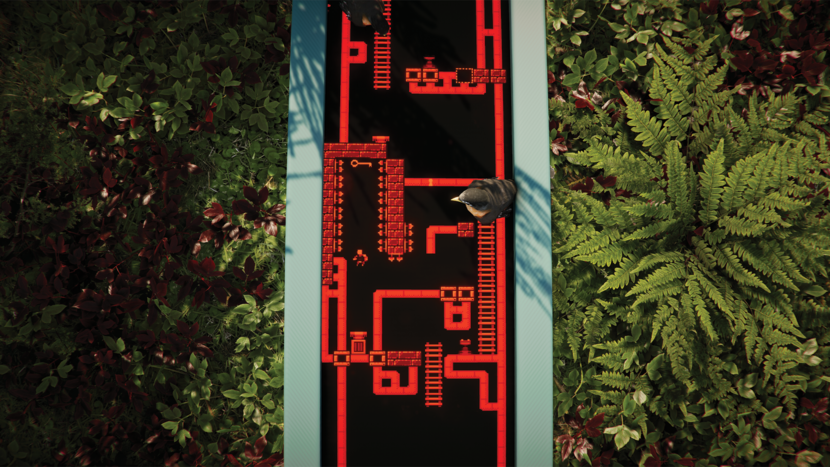
LOA: In the game, players solve puzzles to uncover the effects of DDT. Can you describe the moment-to-moment gameplay, the blend of 2D and 3D elements, and how the player interacts with the world? Are there points of connection between the game’s mechanics and setting and Carson’s own scientific work?
Wilson: The Forest Cathedral is a mix of first-person exploration and 2D platforming puzzle elements that are blended throughout the narrative. The game begins with Carson about to take on a job as a field research biologist on a remote island called Science Island to study the effectiveness of a new chemical to get rid of mosquitoes called DDT. Over the course of the three months she is there, you’ll engage in scientific tasks such as checking the mosquito population around the swamps, scanning fish for their vitals, and delivering worms to birds—all of which were the types of tasks a researcher would have to perform.
While you won’t actually be taking temperatures or documenting the growth or decline of the mosquito population—that wouldn’t be the most enjoyable gameplay—as Carson, you’ll enlist the “Little Man” in the terminals that populate the island to help you complete various tasks. This is where the 2D platforming element comes into play. As you guide the Little Man through the different puzzles, he will help you unlock new sections or uncover data integral to Carson’s research.
LOA: In the course of making the game, did you learn anything new or surprising about Carson? How did creating The Forest Cathedral affect your impressions of this historical figure?
Wilson: There were a few things that really jumped out at me while I was researching for the game. For one, Carson’s love for the natural world and ability to write about it is unparalleled. It’s approachable and relatable to a wide audience. It was surprising to learn that she wasn’t particularly eager to write it, but I could understand why—she knew she was up against a lot during its development.
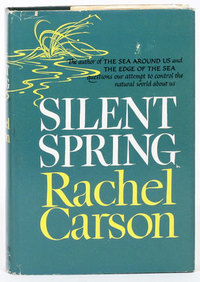
At the time of writing Silent Spring, she had these giant chemical companies encroaching on her personal life, sending threatening letters trying to keep her quiet. And all this was happening while she was in a fight for her life against breast cancer. It would be incredibly hard to go through all of that, but the fact that she made it through and published her story demonstrated just how strong she was.
She was determined to make sure that people knew the dangers this chemical presented and the impact it would have, in spite of all the obstacles she faced; to me, that’s an intensely selfless act. I think we can only learn from scientists like Carson and do our best to boost those stories and believe in science.
LOA: Carson hoped Silent Spring would alter public sentiment about environmental degradation. Are there specific lessons or ideas you want players to take away from your game? And more broadly, do you think games have the potential to change people’s minds about serious issues in ways that overlap with (or perhaps differ from) books?
Wilson: My biggest hope is that players will become interested in Carson’s story and pick up Silent Spring, research her life and career, and use this as motivation to look deeper into the effect she had on humanity’s impact on the environment.
If players complete the game and are able to take one scientific fact away from it, then I consider that a success. My ability to spread my knowledge about Carson and her research is through making a game. Hopefully, it reaches a broader audience of people who may have not otherwise encountered it, and it inspires them.
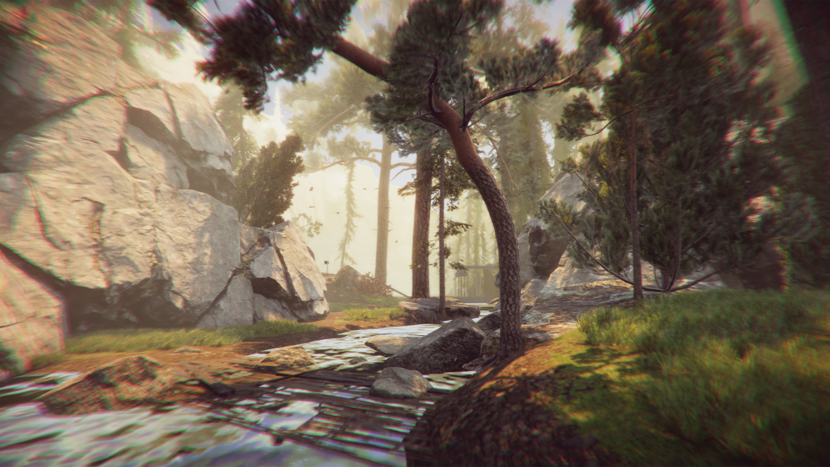
LOA: What advice or words of encouragement do you have for our readers who might not play a lot of games but may be interested in checking out this one?
Wilson: Like all of our titles at Whitethorn Games, we strive to publish inclusive, approachable, and accessible titles. The Forest Cathedral is no different. I’ve worked hard to create a title that anyone, including those who may not play any games at all, can play.
Even though there are unique 2D platforming puzzles throughout the game, I knew there were more people interested in the story aspect and about Carson. We put more effort into including more accessible options that can allow people who just want to enjoy the story to play it without being punished for not being an experienced gamer. We let them feel comfortable experiencing a story in a medium that may be new to them.
With “No Spikes” mode, all deadly spike hazards are eliminated from the puzzles. As well, by enabling “Float Mode,” the speed at which the Little Man falls is greatly reduced, making it easier to complete the platforming puzzles. We’ve also included additional accessibility features, including key and gamepad button remapping, adjustable camera sensitivity, text reading options, the ability to toggle off certain visual effects such as flashing, and UI prompts to help guide player progression.
While this is not an exhaustive list, Britt Dye, Whitethorn Games usability and accessibility specialist, and I published a more comprehensive look with Game Developer in December that explains in more detail our process to make The Forest Cathedral as inclusive to as many players as we can.
Brian Wilson is the lead business developer and scout at Whitethorn Games, finding hidden gems to shape Whitethorn’s portfolio. When he isn’t scouting, Brian also develops his own games, such as The Forest Cathedral and Where the Bees Make Honey.

